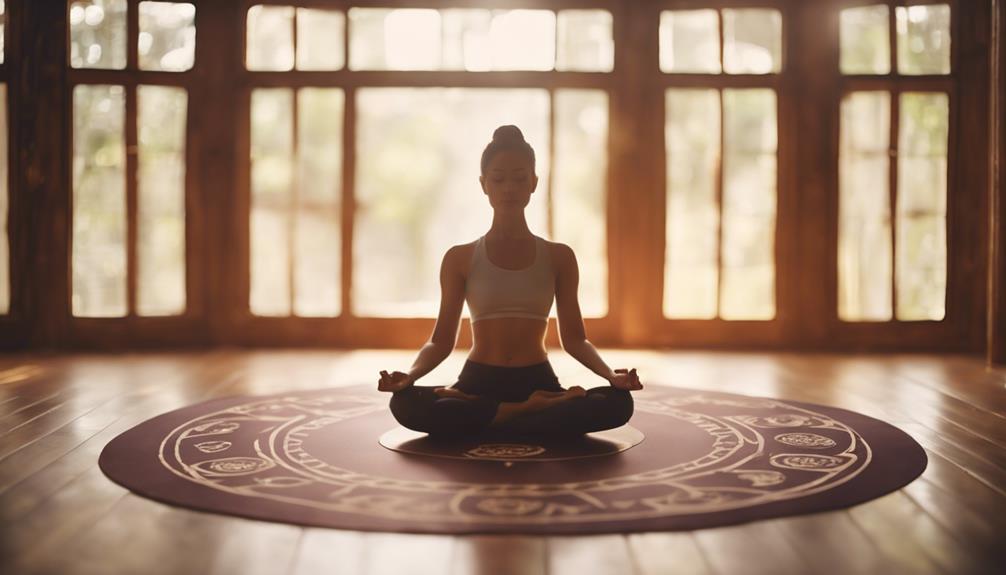Is Yoga Resistance Training? Unraveling the Flexibility Myth!
Yoga is often perceived solely as a practice of stretching and relaxation, but is yoga resistance training? This is a common question that many fitness enthusiasts have when considering whether to incorporate yoga into their workout routines. While yoga does emphasize flexibility and balance, it also encompasses a variety of movements that can help build strength, making it a valuable component of a well-rounded fitness regimen.
Yoga may not fit the traditional mold of resistance training that involves weights or machines; it employs bodyweight as resistance. Through various poses and sequences, practitioners engage their muscles in ways that build strength and endurance. Think of poses like Warrior II or Plank—these require you to hold your body in challenging positions, effectively using your own weight as resistance. Thus, while it may not be the conventional resistance training we often think of, yoga does indeed contribute to muscle strength.
In essence, yoga operates on the principle of resistance training, albeit in a unique and holistic manner. By integrating breath, focus, and alignment, yoga creates a multifaceted approach to fitness that nurtures both the body and mind. So, when you ask, "Is yoga resistance training?" the answer is a resounding yes, especially when one considers the strength-building aspects of the practice that often go unnoticed.
Discover How Yoga Strengthens: A Fun Dive into Resistance!
Now that we’ve established that yoga can be a form of resistance training, let’s explore how it does this in a fun and engaging way. One of the fascinating aspects of yoga is the variety of poses, each designed to challenge your body in different ways. For instance, as you move through a Vinyasa flow, you will transition between poses that target various muscle groups. From the core-engaging Boat Pose to the leg-strengthening Chair Pose, yoga provides a full workout that builds strength and stability.
Moreover, the practice of yoga encourages progressive overload—a key principle in resistance training. As you grow stronger, you can modify poses to increase their difficulty. For example, you can elevate your feet in a Plank Pose or deepen your squats in a Chair Pose. Each small adjustment adds more resistance, ultimately leading to increased strength gains. This adaptability makes yoga an excellent option for people at different fitness levels, as you can tailor the intensity to match your abilities.
Finally, let’s not forget about the mental aspect of yoga. The focus on breath and mindfulness not only enhances your physical performance but also encourages a deeper connection with your body. This awareness can help you identify your strengths and weaknesses, allowing you to progress and grow in your practice. So, as you continue on your fitness journey, embracing yoga as a form of resistance training can be both a physically rewarding and a mentally fulfilling experience!
Embracing Yoga as Resistance Training
In conclusion, when we ask, "Is yoga resistance training?" we find that the answer is layered and rich with possibilities. Yoga is more than just a series of stretches; it’s a dynamic practice that can significantly enhance muscle strength and endurance using bodyweight as resistance. By incorporating yoga into your fitness routine, you can enjoy a holistic workout that not only builds strength but also fosters balance, flexibility, and mental clarity.
As you embark on or continue your yoga journey, remember the strength that each pose brings—whether it’s grounding your feet in Mountain Pose or lifting your heart in Upward-Facing Dog. Each movement is an opportunity to engage your body, challenge your muscles, and grow stronger. So, don’t hesitate to embrace yoga as a fun and impactful form of resistance training. Your body (and mind!) will thank you for it!
